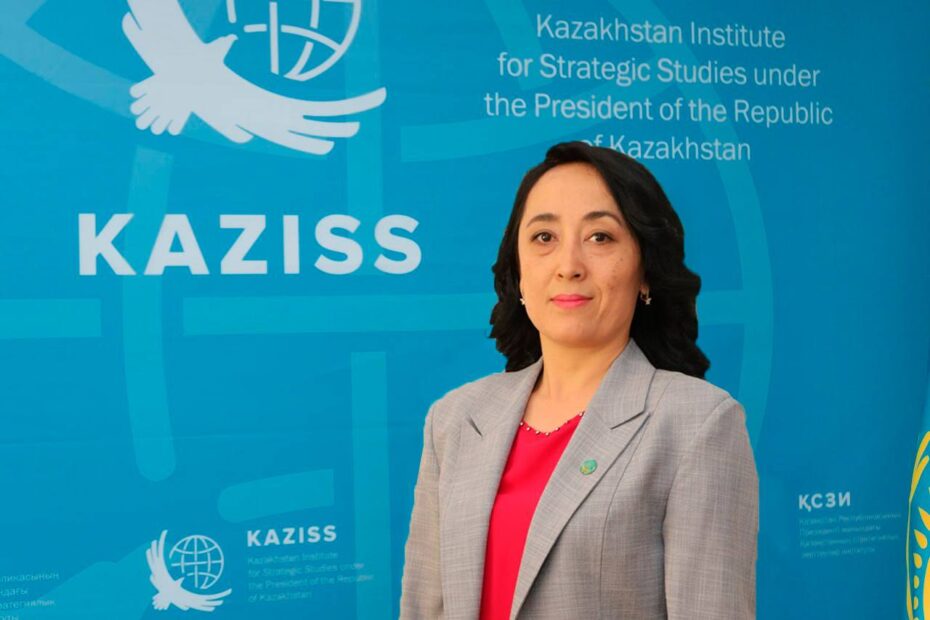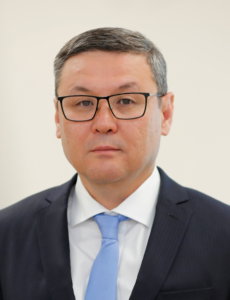At the beginning of the year, in his interview with the newspaper “Egemen Kazakhstan,” President K. Tokayev outlined the task of doubling the GDP to $450 billion by 2029 with average annual economic growth rates of 6–7%. This is quite an ambitious goal, but with the right approach, it can be achieved. As noted by the Head of State at the extended meeting of the Government, to make a qualitative leap in development, thoughtful and decisive actions are required.
Many tasks previously voiced by the President in his messages, at various meetings, and events have not been fully implemented. Therefore, before the new composition of the Government, the President specifically outlined key problems that require intensified efforts. These include budgetary and tax administration, digitalization, investment activities, public finances, corruption, among others.
A new cycle of economic reforms is now beginning. The effectiveness of regional authorities plays a significant role in their implementation and integration, as it is often at the local level where bureaucratic delays prolong processes and foster corruption. In particular, inefficient work of regional authorities with private investors has been noted. Therefore, one of the main tasks set by the Head of State for the governors is attracting private investments.
There are many examples in the country where a foreign investor comes with a specific project, but various obstacles arise even at the initial stage of implementation, leading to delays and deviations from plans. For instance, to start construction, more than 60 permits from various authorities are required, along with problems related to connecting to utility networks, obtaining land plots, etc. The task of local and regional authorities is to support in resolving such emerging issues. To address these problems, front offices operating on a “one-stop-shop” principle have been established in regions, and call centers have been set up in each prosecutor’s office to prevent unlawful actions against investors and protect their rights. As of today, the country has formed a Unified Pool of 1011 investment projects totaling over $7.5 billion (40 domestic investors and foreign investors from 32 countries), the implementation of which should contribute to economic growth.
In terms of regions, the highest inflow of foreign direct investment is observed in the Atyrau region and Almaty city. However, as statistics show, the dynamics have decreased over the last two quarters of 2023 (Atyrau region – $2.3 billion, $1.2 billion, $1.9 billion for the 1st to 3rd quarter of 2023). Additionally, in the East Kazakhstan region, which showed good dynamics until 2022, the inflow has decreased over the past year. The lowest inflow is noted in the Zhambyl region and newly created regions.
The delegation and increase of responsibility to the governors for attracting private investments to the regions change approaches in investment policy. However, it should be noted that this problem reflects a more global issue – the system of state regulation and management. Therefore, modernization of public administration is required. As President K. Tokayev noted, “…it is necessary to significantly increase the efficiency and coherence of the state apparatus.”
Assel Aben,
Chief Expert of the Department of Economic Policy Analysis
at the KazISS under the President of the Republic of Kazakhstan


